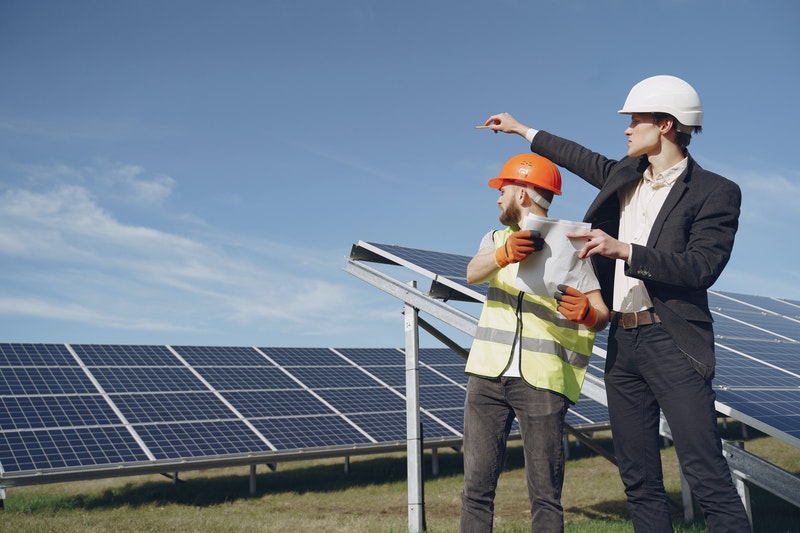A solar panel is equipment that absorbs solar energy and transforms it into heat or, in some cases, electricity. It’s also called photovoltaic cells because they’re composed of multiple cells that convert the sun’s energy into electrical power. Only the sun can serve to generate energy to power the solar panels. The panels are designed to face the sun to ensure that the sun’s rays absorb the maximum point. The more solar energy it can absorb, the greater power is generated.
How Solar Panel Works
Many people find the concept of absorbing the sun’s energy and making use of the sun’s energy for energy to power the homes of their businesses or transport is an enigma. With just a few simple steps, you will save money on electricity bills and help reduce your carbon footprint to support the future. This is how solar panels produce electricity:
1. Solar Panel Technology
The solar panels transform sunlight into power that it can utilize within your home, reducing the cost of your energy bills. Solar panels come in various designs and dimensions, and they use a range of solar cells technology. The most effective panels work more efficiently by using every ounce of available solar energy all daytime. The most efficient board will provide 70 percent more power over 25 years than an inferior panel will.
Research shows that a solid copper base gives panels strength, and ultra-pure silicon offers the highest solar energy transformation. Solar panels with a record efficiency of 24.2 percent produce 44% more power per square foot than panels made from other materials. This means they generate substantially greater solar energy.
Read also: What is solar energy and how does it work.
It is also essential to ensure that solar panels are designed and tested to stand up to the most severe conditions in the world, like temperature variations and strong winds, high hail, humidity, and many more. If the solar panel’s design or construction is not good, it will generate lesser solar energy. If you have a certified installation, it will produce solar energy for longer than 40 years.
2. Solar Panel Installation
The installation of solar panels is crucial to creating solar energy after you’ve selected the best quality solar panel technology. Your roof house or office, the surrounding locations on the ground, or the solar canopy are among the most popular places to consider panel installation.
To assist you in preparing the permit submission packet, your solar service provider will input the dimensions of your home into the Computer Assisted Design (CAD) tool. A typical solar system installation will take only just a few days. After it is completed, the solar company has determined the area that will generate the greatest solar energy and the number of panels installed.
3. System Monitoring
Once the system is set up after installation, you can utilize solar energy to power your lighting and computers, as well as machines and other electrical devices within your office or home immediately. Your energy consumption is monitored by a utility meter that can count both ways. The solar energy generated but not used will earn you credits to feed it back into your utility system. If you do not produce enough solar power during daytime hours, the utility system will still provide electricity. However, any credits you earn throughout the day will pay for that cost.
Be aware that based on where you reside and the amount of sunlight your panels get daily, the amount of solar energy produced by your panels can change throughout the year. You can monitor your production with the online monitor system to determine how much solar energy the boards have. Inform your solar provider in the event of an extreme change in production to make sure that everything is functioning properly.
If you are interested in even more environmental-related articles and information from us here at SRH Life Foundation, then we have a lot to choose from.




